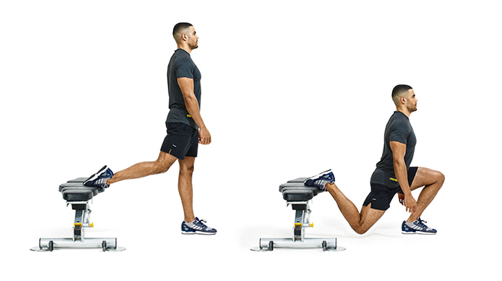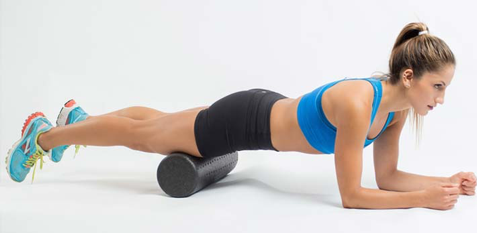Experiencing a tender pain around or behind the kneecap is usually a sure sign of patellofemoral pain syndrome, a fancy term for runner’s knee.
The repetitive force of pounding on the pavement, downhill running, muscle imbalances, and weak hips can put extra stress on the kneecap, leading to pain.
1. Employ dynamic rest. As you work to rehab the injury, stay fit with upper-body work, plus pool running and/or biking if you can do so without knee pain. Meanwhile …
2. Strengthen your knees, quads and hips. Weak or inflexible quads are a very common source of knee pain. Increasing your strength and flexibility throughout these areas will help both ease the pain and improve your form once you return to your normal training.
3. Work on body mechanics. Poor running form can bring on this condition. Have a friend record you running toward a video camera or camera phone—you may see things you never realized you were doing. Concentrate on proper form or seek out a physiotherapist to help you retrain yourself.
4. Try orthotics. Arch supports and motion-control shoes can help with poor mechanics.
Stand tall with your feet spread shoulder-width apart. Place your fingers on the back of your head and stick out your chest. Lower your body as far as you can by pushing your hips back and bending your knees. Pause, then slowly push yourself back to the starting position.
Stand in a staggered stance, your left foot in front of your right, 2 to 3 feet apart. Place just the instep of your back foot on a bench or chair. Pull your shoulders back and brace your core. Lower your body as deeply as you can, keeping your back foot on the bench. Keep your shoulders back and chest up through the movement. Pause, then return to starting position.





